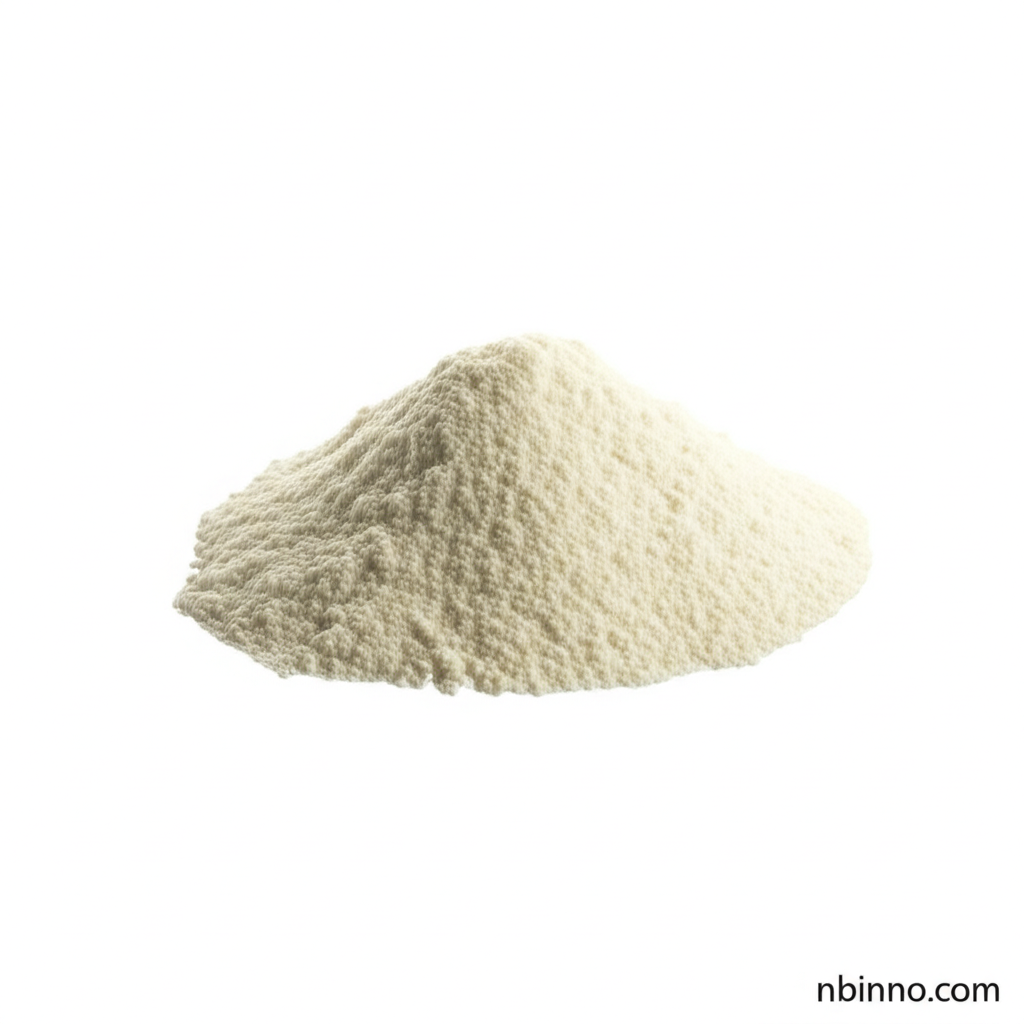6-Hydroxy-2-Naphthaleneboronic Acid: A Key Building Block for Advanced Materials and Pharmaceuticals
Unlocking innovation in organic synthesis and material science with this versatile naphthalene derivative.
Get a Quote & SampleProduct Core Value

6-Hydroxy-2-Naphthaleneboronic Acid
6-Hydroxy-2-Naphthaleneboronic Acid is a high-value bifunctional building block that seamlessly integrates a boronic acid group with a phenolic hydroxyl group onto a naphthalene scaffold. This unique combination makes it an indispensable tool for advanced organic synthesis, particularly in facilitating Suzuki-Miyaura cross-coupling reactions. Its application is crucial in the development of cutting-edge materials and complex organic molecules.
- This compound serves as a vital intermediate for the synthesis of Organic Light-Emitting Diode (OLED) materials, contributing to advancements in display technology.
- Its utility as a pharmaceutical building block is significant, enabling the creation of novel drug candidates and complex molecules in drug discovery programs.
- The presence of the hydroxyl group provides additional sites for further functionalization, allowing for greater synthetic versatility and tailored molecular design.
- With good solubility in polar organic solvents, it facilitates versatile synthetic transformations, making it a preferred choice for researchers and manufacturers.
Advantages Offered
Versatile Bifunctionality
The combined presence of a boronic acid and a hydroxyl group offers dual reactivity, allowing for diverse synthetic pathways and complex molecular construction, crucial for developing advanced pharmaceutical intermediates.
Suzuki-Miyaura Coupling Efficiency
Its structure is optimized for Suzuki-Miyaura cross-coupling reactions, a cornerstone of modern C-C bond formation, making it a key reagent for producing intricate organic structures.
Material Science Innovation
Plays a critical role in the development of next-generation materials, including those for organic electronics like OLEDs, driving innovation in the field of OLED material synthesis.
Key Applications
Organic Synthesis
As a critical building block, it is extensively used in various organic synthesis processes to create complex molecular architectures.
Material Development
Essential for creating advanced materials, particularly in the realm of organic electronics and specialty chemicals, contributing to material science advancements.
Pharmaceutical Research
Serves as a fundamental component in medicinal chemistry for the synthesis of potential drug candidates and intricate pharmaceutical intermediates.
Fluorescent Dye Synthesis
Its unique naphthalene structure lends itself to the creation of fluorescent dyes, utilized in various analytical and imaging applications.
